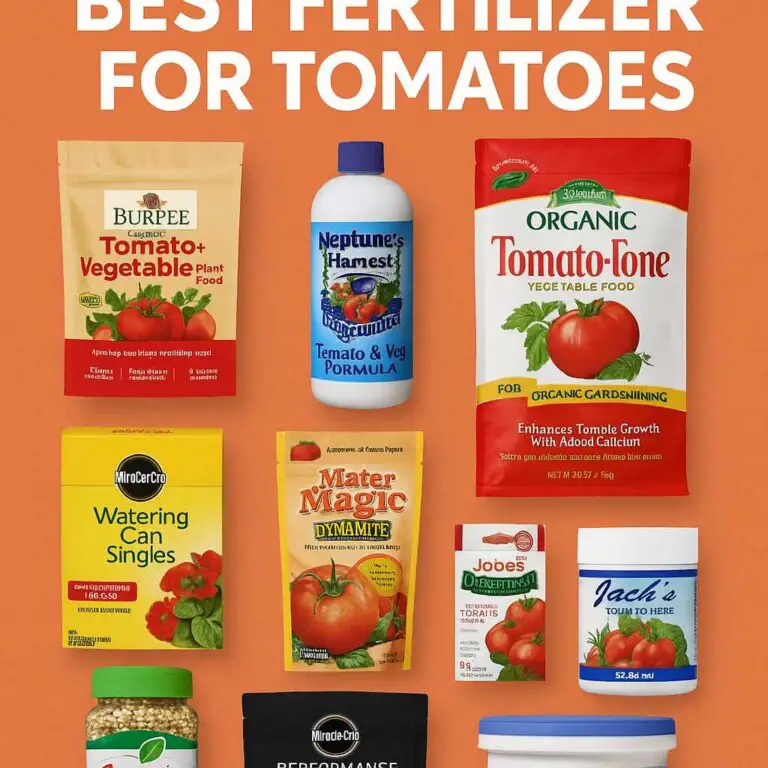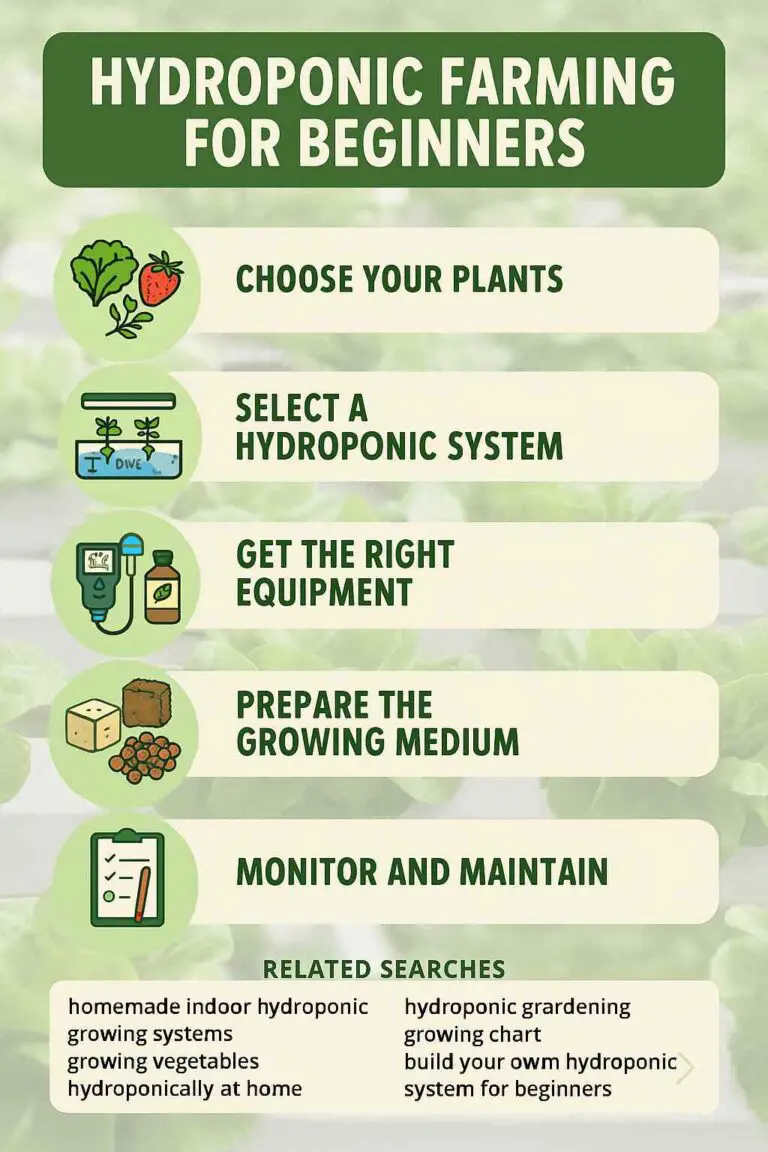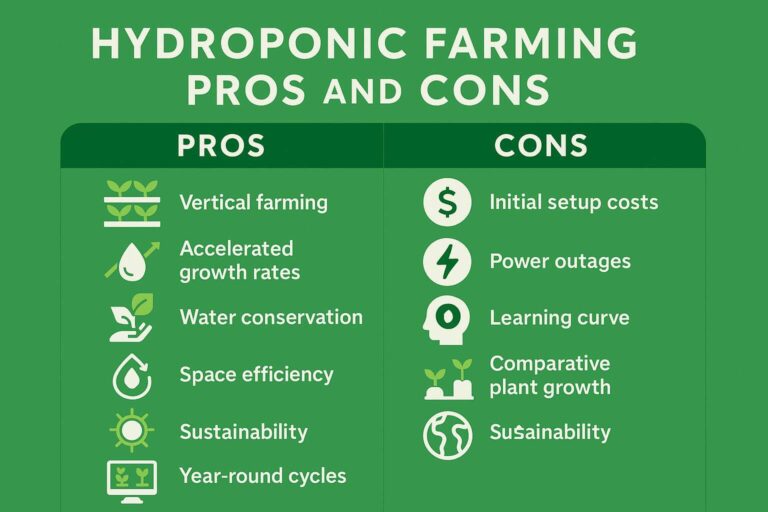Peppers are a versatile and flavorful addition to any garden, whether you’re growing sweet bell peppers, fiery jalapenos, or exotic chili varieties. From the moment you plant the seeds to the bountiful harvest, cultivating peppers can be a rewarding experience. This guide will walk you through every step of the process, providing expert tips and insights to help you grow healthy and productive pepper plants.
1. Selecting Pepper Varieties
Before diving into the planting process, it’s essential to choose the right pepper varieties for your garden. Consider factors such as taste preferences, heat levels, and growing conditions. Some popular pepper varieties include:
- Bell Peppers: Sweet and crunchy, bell peppers come in various colors, including green, red, yellow, and orange.
- Jalapenos: Known for their medium heat level, jalapenos add a spicy kick to salsas, sauces, and dishes.
- Chili Peppers: From mild to extremely hot, chili peppers offer a wide range of flavors and heat levels, including habanero, cayenne, and ghost peppers.
Research different pepper varieties to find ones that suit your taste preferences and growing environment.
2. Germinating Pepper Seeds
To start your pepper plants from seed, you’ll need to germinate the seeds before planting them in the garden. Follow these steps for successful germination:
- Start seeds indoors 6-8 weeks before the last frost date in your area.
- Use a high-quality seed starting mix and sow the seeds ¼ inch deep in small pots or seed trays.
- Keep the soil consistently moist but not waterlogged.
- Place the pots in a warm location with temperatures around 70-80°F (21-27°C) to encourage germination.
- Once seedlings emerge, provide them with adequate light using grow lights or by placing them near a sunny window.
Pepper seeds typically germinate within 7-14 days under optimal conditions.
3. Transplanting Seedlings
Once your pepper seedlings have developed true leaves and are about 2-3 inches tall, they’re ready to be transplanted into larger containers or the garden. Follow these steps for successful transplanting:
- Harden off seedlings by gradually exposing them to outdoor conditions for 7-10 days before transplanting.
- Choose a sunny and well-drained location for planting pepper plants in the garden.
- Space pepper plants 18-24 inches apart in rows or raised beds to allow for adequate airflow and sunlight.
- Dig a hole slightly larger than the root ball of each seedling and gently transplant them into the soil.
- Water the transplanted seedlings thoroughly to help them establish their roots in the new environment.
Transplanting should be done after the danger of frost has passed and soil temperatures have warmed up.
4. Providing Proper Care
Pepper plants require consistent care throughout the growing season to thrive and produce abundant fruits. Here are some essential care tips:
- Watering: Keep the soil evenly moist, especially during hot and dry periods. Avoid overwatering, as it can lead to root rot.
- Fertilizing: Apply a balanced fertilizer high in phosphorus to promote flowering and fruiting. Side-dress the plants with compost or organic fertilizer every 4-6 weeks.
- Mulching: Mulch around pepper plants to conserve moisture, suppress weeds, and regulate soil temperature.
- Pruning: Pinch off the first flowers that appear on pepper plants to encourage bushier growth. Remove any diseased or damaged foliage to prevent the spread of pests and diseases.
- Support: Stake or cage tall pepper varieties to support their heavy fruit load and prevent the stems from breaking.
By providing proper care, you’ll help your pepper plants reach their full potential and produce a bountiful harvest.
5. Harvesting Peppers
Knowing when and how to harvest peppers is crucial to enjoy them at their peak flavor and ripeness. Follow these guidelines for harvesting peppers:
- Harvest bell peppers when they reach their mature color (green, red, yellow, or orange) and firm texture. Use a sharp knife or scissors to cut the peppers from the plant, leaving a short stem attached.
- Jalapenos and chili peppers can be harvested when they reach the desired size and color. For milder flavor, harvest jalapenos when they are green. Allow chili peppers to ripen fully on the plant for maximum heat and flavor.
- Wear gloves when harvesting hot peppers to protect your skin from irritation caused by capsaicin, the compound responsible for their heat.
Harvest peppers regularly to encourage continuous production throughout the growing season.
6. Saving Pepper Seeds
If you want to grow peppers from saved seeds for future seasons, follow these steps to collect and store pepper seeds:
- Select fully ripe and mature peppers from healthy plants for seed saving.
- Cut open the peppers and remove the seeds, placing them in a bowl of water.
- Allow the seeds to ferment in the water for 1-3 days, stirring occasionally.
- Rinse the seeds thoroughly and spread them out to dry on a paper towel or tray.
- Once completely dry, store the seeds in a cool, dry place in an airtight container until ready for planting.
Properly saved pepper seeds can remain viable for several years if stored correctly.
Conclusion
Growing peppers from seed to harvest can be a gratifying experience, allowing you to enjoy a diverse range of flavors and heat levels in your culinary creations. By following this comprehensive guide and providing your pepper plants with the care they need, you’ll be rewarded with a plentiful harvest of delicious peppers to enjoy fresh, cooked, or preserved. Happy gardening and may your pepper plants thrive!




